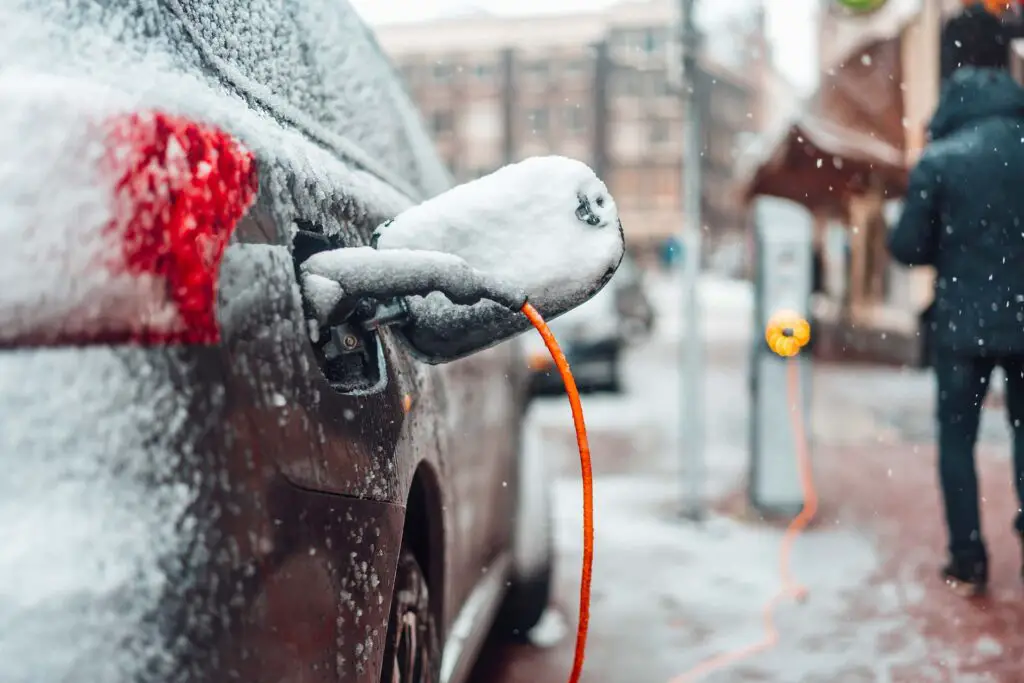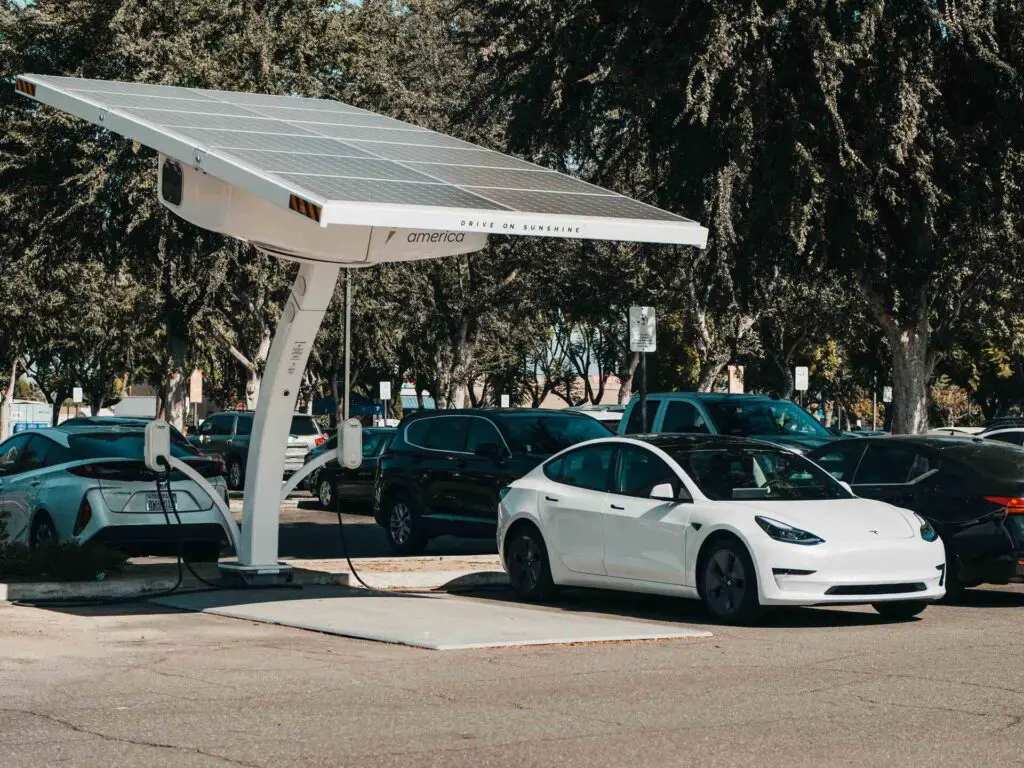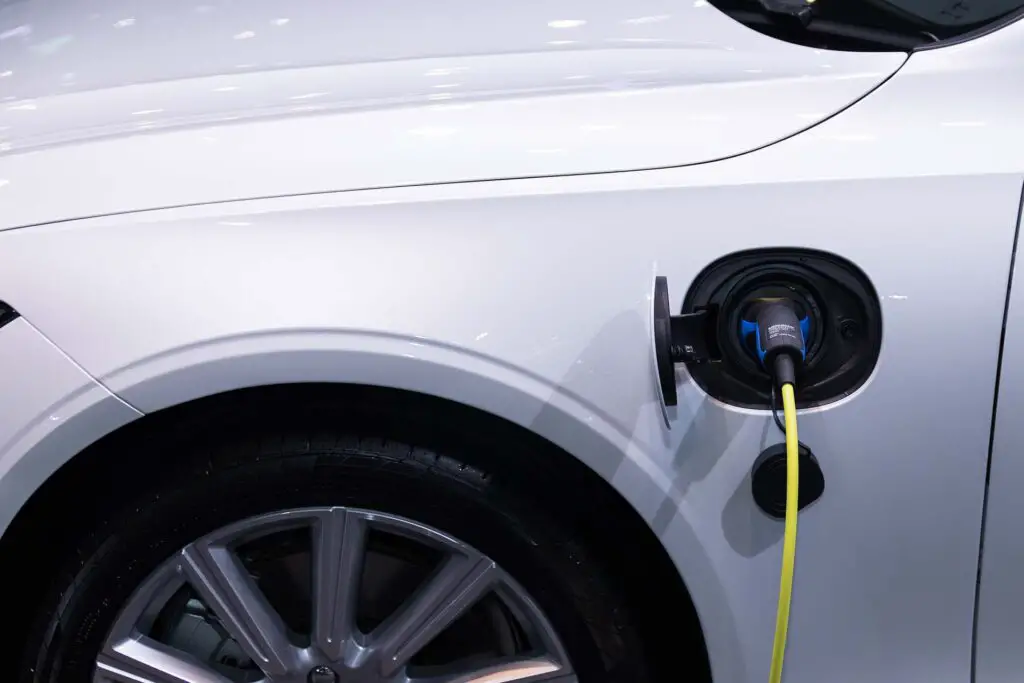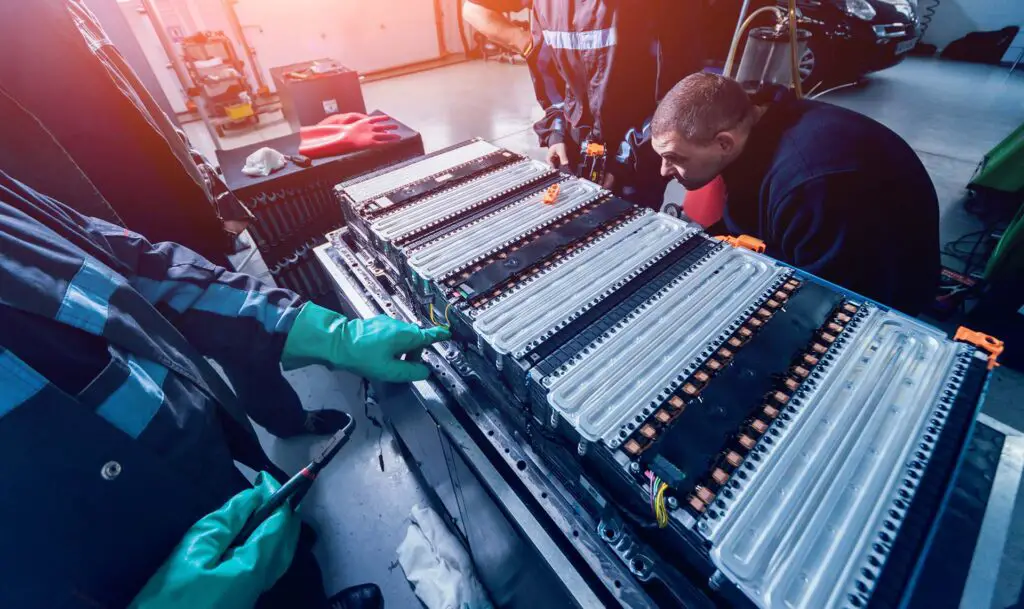If you’re finally thinking of trading in your gas-guzzler for an electric vehicle, then you definitely need to know what are some problems with electric cars (EVs). After all, with the promise of fewer emissions and lower running costs, it’s hard to ignore the increasing popularity of EVs. I’m here today to uncover exactly what those issues are so you’ll be prepared if you do decide that an electric vehicle is right for you.
One of the Main Problems With Electric Cars Is Limited Driving Range
As you probably already know, before making the switch to ‘going green,’ it’s extremely important to check out what are the main problems with electric cars. Limited driving range surely is the first one to explain. Just picture this: you’re cruising down the road in your shiny, new electric four-wheeler, feeling like a superhero saving the planet one emission-free mile at a time. But wait, what’s that? Is that a dreaded low-battery warning blinking at you?
Sure, with the evolution of vehicles, electric car manufacturers are pushing the boundaries to increase driving range. But until we have batteries that can hold enough juice to power a small city, limited range will continue to be one of the major obstacles for electric cars.
Battery Capacity and Range Anxiety Could Be Real Reason for Concern
Being worried about whether your cross-country road trip will be a success or not is a real concern with an EV. Although you’ll mentally calculate the remaining charge in your battery, with the sign on the road saying “Next charging station: 100 miles,” your heart definitely skips a beat. Will you make it? Will you have to pull off the road, sit there twiddling your thumbs, waiting for your car to juice up?
That’s range anxiety, and it’s the constant companion of electric car owners. There’s a finite amount of energy stored in these batteries. Once that energy is depleted, it’s time to plug in and recharge. But here’s the catch: unlike their fossil fuel-guzzling counterparts, EVs can’t just stop at any gas station and be on their way in a jiffy. No, they require specialized charging stations, and these are scattered across the land like rare oases in the desert.
Cold Weather Performance of Battery Is Not at Its Best
Winter wonderland surely can become a chilly nightmare when driving an EV. You see, just like us, batteries aren’t exactly fond of freezing temperatures. When the mercury drops, the performance of electric car batteries takes a hit, and it’s not a pretty sight.
Cold temperatures can cause the battery’s chemistry to slow down, making it less efficient at storing and delivering energy. It’s like trying to run a marathon with your shoelaces tied together – you’re not going to get very far.
Charging in frigid conditions can also be a struggle. Just imagine trying to coax life back into your battery when it’s as cold as the North Pole. Charging times can increase, and the overall efficiency of the charging process can be compromised. It’s like trying to fill up a glass of water with a frozen faucet – it’s going to take a while, and the flow won’t be as smooth.

Charging Infrastructure Is One of the Common Problems With Electric Cars
Imagine embarking on a quest with your trusty electric steed, ready to conquer the open road. You’re armed with a full battery and a heart full of eco-warrior spirit. But as you venture into the great unknown, you suddenly realize that finding a charging station is like hunting for a mythical creature.
You envision a smooth journey, filled with quick pit stops to replenish your car’s energy. But instead, you find yourself scouring maps, searching for those elusive charging stations that seem to be hidden away in secret hideouts. And when you do stumble upon one, you cross your fingers, hoping it’s not occupied by another electric car knight desperately seeking a charge.
Insufficient Charging Stations for Many Drivers Is Quite a Hassle
Yes, charging infrastructure is one of the common foes electric car owners face. While gas stations pop up at every corner like greasy fast-food joints, charging stations are like elusive unicorns, rare and hard to come by. It’s as if the universe conspired to test your determination and send you on a wild goose chase every time your battery runs low.
However, it’s not all that dark since charging infrastructure crusaders are working tirelessly to slay this problem. Governments, private companies, and electric car enthusiasts alike are joining forces to build more charging stations, turning the landscape into a realm where electric car owners can roam freely without range anxiety.

Charging Time Can Be Long and Disrupt Your Plans
You may find yourself rearranging your schedule, desperately calculating how long it will take to reach a sufficient charge to continue your journey. However, the charging time can vary depending on several factors, including the capacity of the vehicle’s battery, the charging method used, and the charging equipment’s power output. Let’s take a look at some common charging options and their approximate charging times.
Level 1 Charging (Standard Household Outlet)
It is the slowest of charging options, and it typically provides around 2-5 miles of range per hour of charging. It can take anywhere from 8 to 20+ hours to fully charge an electric car, depending on the battery size.
Level 2 Charging (240V AC Charging Station)
This is a faster charging option commonly installed at homes, workplaces, and public charging stations. Level 2 chargers can provide around 10-30 miles of range per hour of charging. As a rough estimate, it may take around 4 to 8 hours to fully charge an electric car with a Level 2 charger.
DC Fast Charging (High-Power Charging Stations)
These charging stations are usually found along highways or in commercial areas. They provide a rapid charge by directly supplying DC power to the car’s battery, bypassing the vehicle’s internal charging system. DC fast chargers can provide 60-80% charge in approximately 20-40 minutes, depending on the car model and charger capacity.
So, as you embark on your electric adventures, keep your chin up and your charger handy. Yes, extended charging times can be an inconvenience, but they are merely temporary obstacles in the grand scheme of electric mobility. After all, some vehicles can be charged fully in just 30 minutes, and for some, it will take half a day.

Cost Can Be High, and Accessibility Is Limited
As you delve into the realm of best EVs, you come face to face with two formidable adversaries: cost and accessibility, a dynamic duo that can make even the most passionate green warrior cringe. First, let’s talk about the mighty cost (although these aren’t the most expensive cars in the world).
EVs, like rare gems, tend to come with a heftier price tag and limited accessibility compared to their fossil fuel-burning counterparts. It’s as if they were handcrafted by artisanal wizards using the finest materials and cutting-edge technology. Owning an electric four-wheeler (that is usually among the most popular import cars in the US) can feel like joining an exclusive club where membership requires a significant investment.
Prepare Higher Upfront Cost When Purchasing A Four-Wheeler
When it comes to purchasing a vehicle, it’s no secret that electric ones often come with a loftier price tag compared to their gasoline-powered counterparts. It’s as if they’re whispering, “Hey, I may be eco-friendly, but I come at a premium.”
Why is that, you ask? Well, imagine the EV as a masterpiece of engineering, with a carefully crafted battery pack, advanced electronics, and all the bells and whistles of a cutting-edge automobile. Creating such a marvel requires time, research, and resources, which inevitably leads to a higher initial cost.
Limited Model Options Can Be a Turning Point for Many Potential Buyers
The limited variety of electric car models in the market can feel like a mythical creature, rarely seen and difficult to find. It’s like searching for a rare gem amidst a sea of pebbles. While the gasoline-powered realm boasts a plethora of makes and models, the electric world sometimes feels like a small village where only a handful of brave pioneers reside, no matter if you’re looking for one of the best import cars or domestic manufacturing.
But, the good news is that governments and organizations are recognizing the importance of consumer choice and accessibility. That’s why there are many incentives and support for encouraging manufacturers to diversify their electric offerings. They understand that a thriving electric market depends on meeting the diverse needs and preferences of consumers, from speed demons to eco-conscious families and everything in between.

Battery Life, Replacement, and Degradation Are Part of the Automotive Journey But Can Be Tedious
As technology marches forward and sustainability becomes paramount, we find ourselves embracing the electric realm with its evolving battery technologies, enabling us to embark on a greener and more electrifying future. And when comparing classic and modern vehicles, we can see all the advantages not only positive for our driving but for the environment too (especially when we’re talking about EVs).
As the miles accumulate and the years’ roll by, the battery’s capacity begins to fade. It’s like the pages of a cherished book growing yellow and brittle. The once mighty range of the electric car slowly diminishes, and what was once a carefree journey now requires a bit more planning and consideration.
In the land of EVs, proper battery management is like a sacred art passed down through generations. Just as a wise sage tends to their garden, electric car owners must nurture and care for their batteries to ensure their longevity. Through gentle charging practices, avoiding extreme temperatures, and maintaining optimal operating conditions, they become stewards of the battery’s life force.

High Cost of Battery Replacement
Replacing an electric battery surely must be on your car expenses list when owning an EV. And it can indeed be a significant investment. The cost depends on various factors, such as the make and model of the vehicle, the size and technology of the battery pack, and the specific market conditions.
Generally, electric car batteries can range from several thousand to tens of thousands of dollars to replace. To get a bigger picture, here’s a table showcasing estimated battery replacement costs for some popular EVs, but keep in mind that these figures are rough estimates.
| Electric Car Model | Estimated Battery Replacement Cost |
| Tesla Model 3 | $7,000 – $15,000 |
| Tesla Model S | $12,000 – $25,000 |
| Tesla Model X | $12,000 – $25,000 |
| Nissan Leaf | $5,000 – $8,000 |
| Chevrolet Bolt EV | $6,000 – $8,000 |
| Hyundai Kona Electric | $8,000 – $10,000 |
| Kia Niro EV | $7,000 – $10,000 |
| Volkswagen ID.4 | $6,000 – $10,000 |
| BMW i3 | $8,000 – $12,000 |
| Ford Mustang Mach-E | $7,000 – $12,000 |
Even Though There Are Problems, Owning an Electric Car Comes With Many Benefits
There are many upsides to owning an EV. Yes, the upfront costs may be out of reach for some, and charging stations may not be as accessible in certain areas. However, the technology is advancing rapidly, and those issues won’t be a long-term problem. The environment will thank us, our wallets will rejoice when we look at the cost savings, and our lives will become that much simpler with fewer maintenance tasks.








